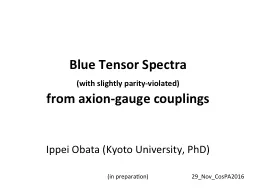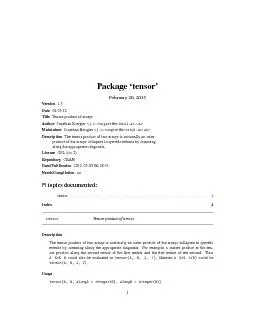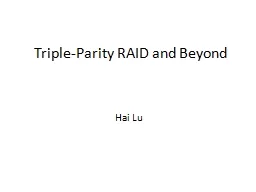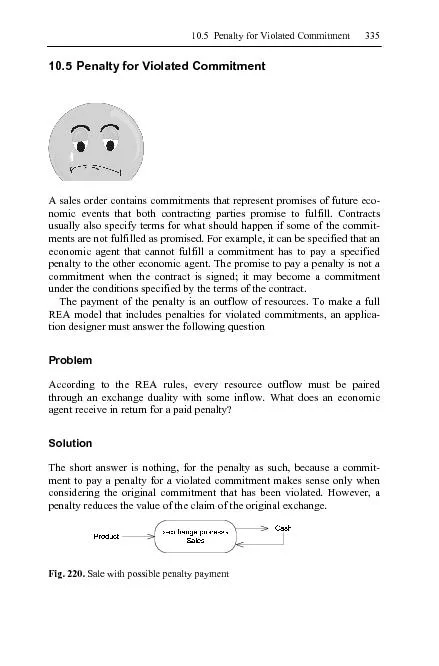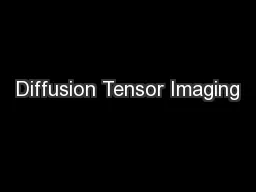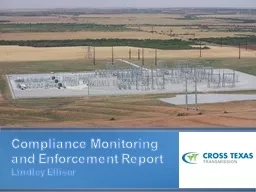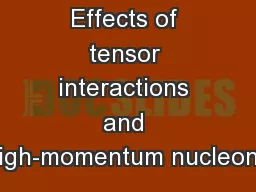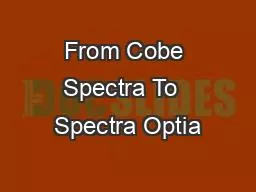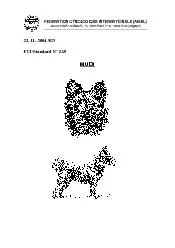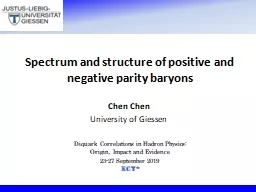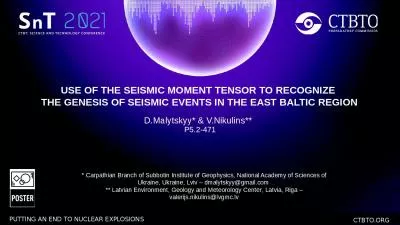PPT-Blue Tensor Spectra (with slightly parity-violated)
Author : jasmine | Published Date : 2021-01-27
from axion gauge couplings Ippei Obata Kyoto University PhD in preparation 29Nov CosPA2016 Primordial GWs from the inflation Energy scale of early Universe
Presentation Embed Code
Download Presentation
Download Presentation The PPT/PDF document "Blue Tensor Spectra (with slightly pari..." is the property of its rightful owner. Permission is granted to download and print the materials on this website for personal, non-commercial use only, and to display it on your personal computer provided you do not modify the materials and that you retain all copyright notices contained in the materials. By downloading content from our website, you accept the terms of this agreement.
Blue Tensor Spectra (with slightly parity-violated): Transcript
Download Rules Of Document
"Blue Tensor Spectra (with slightly parity-violated)"The content belongs to its owner. You may download and print it for personal use, without modification, and keep all copyright notices. By downloading, you agree to these terms.
Related Documents

